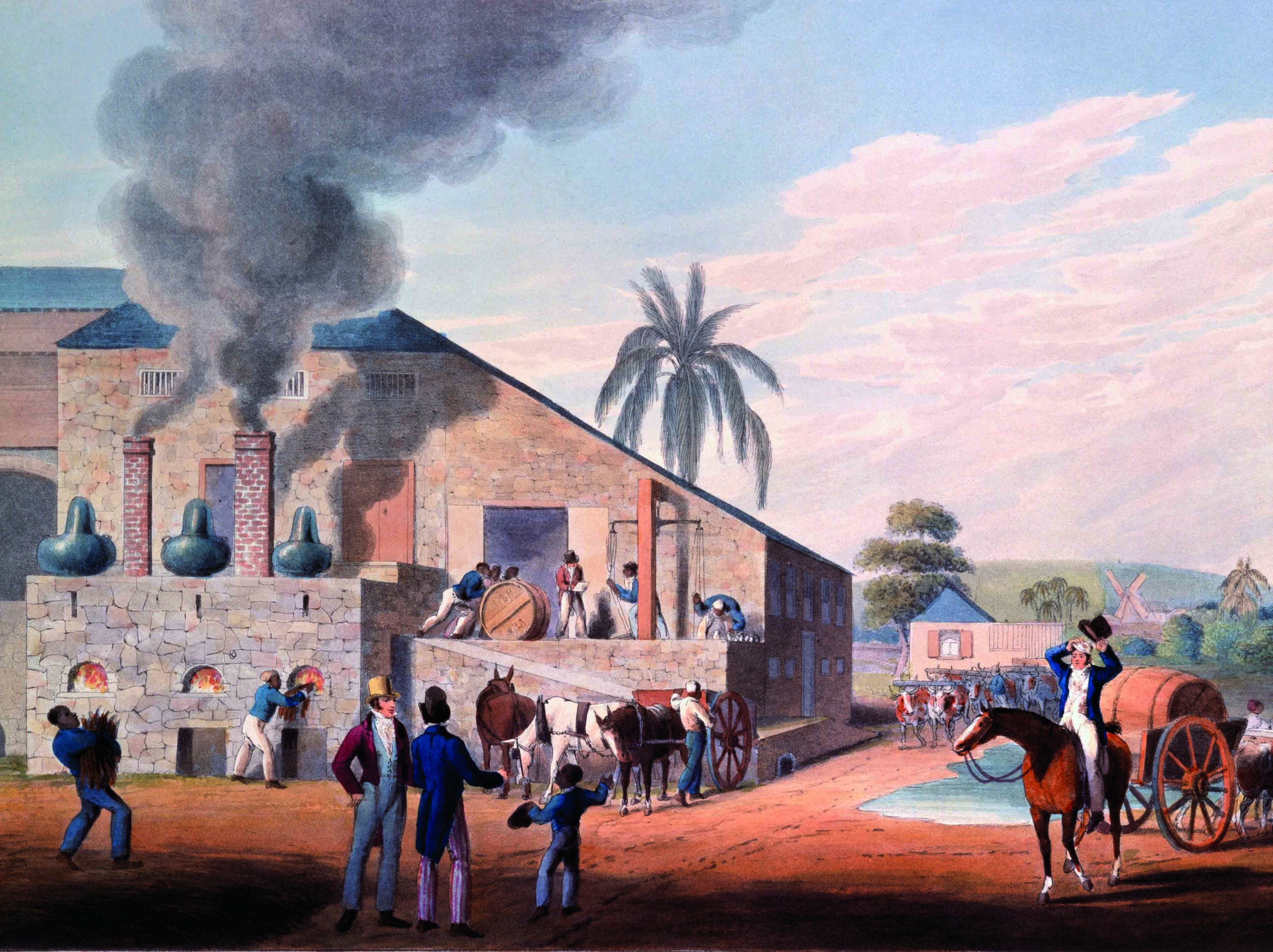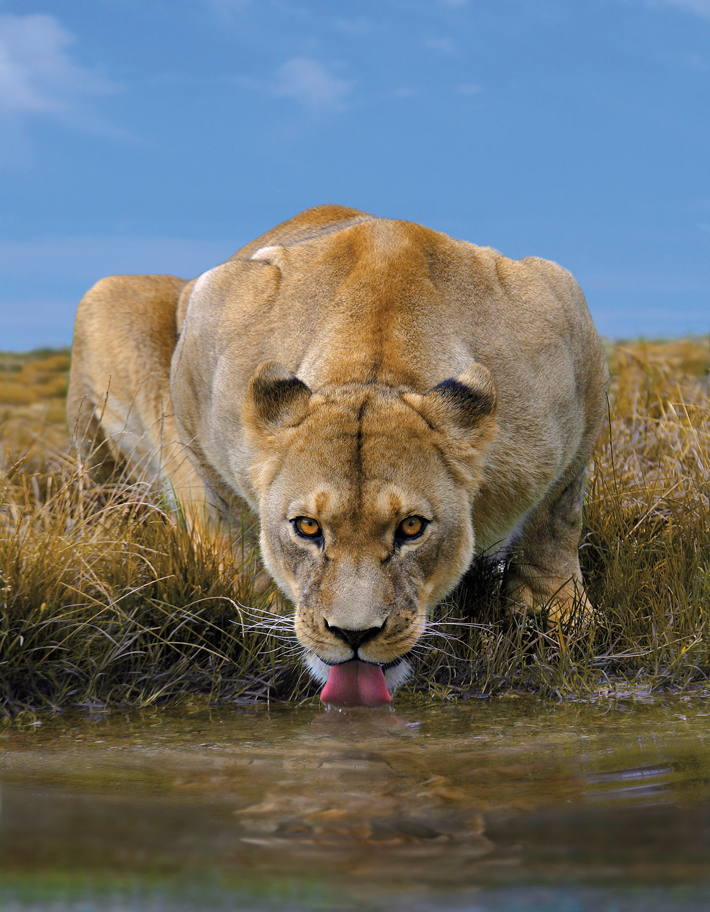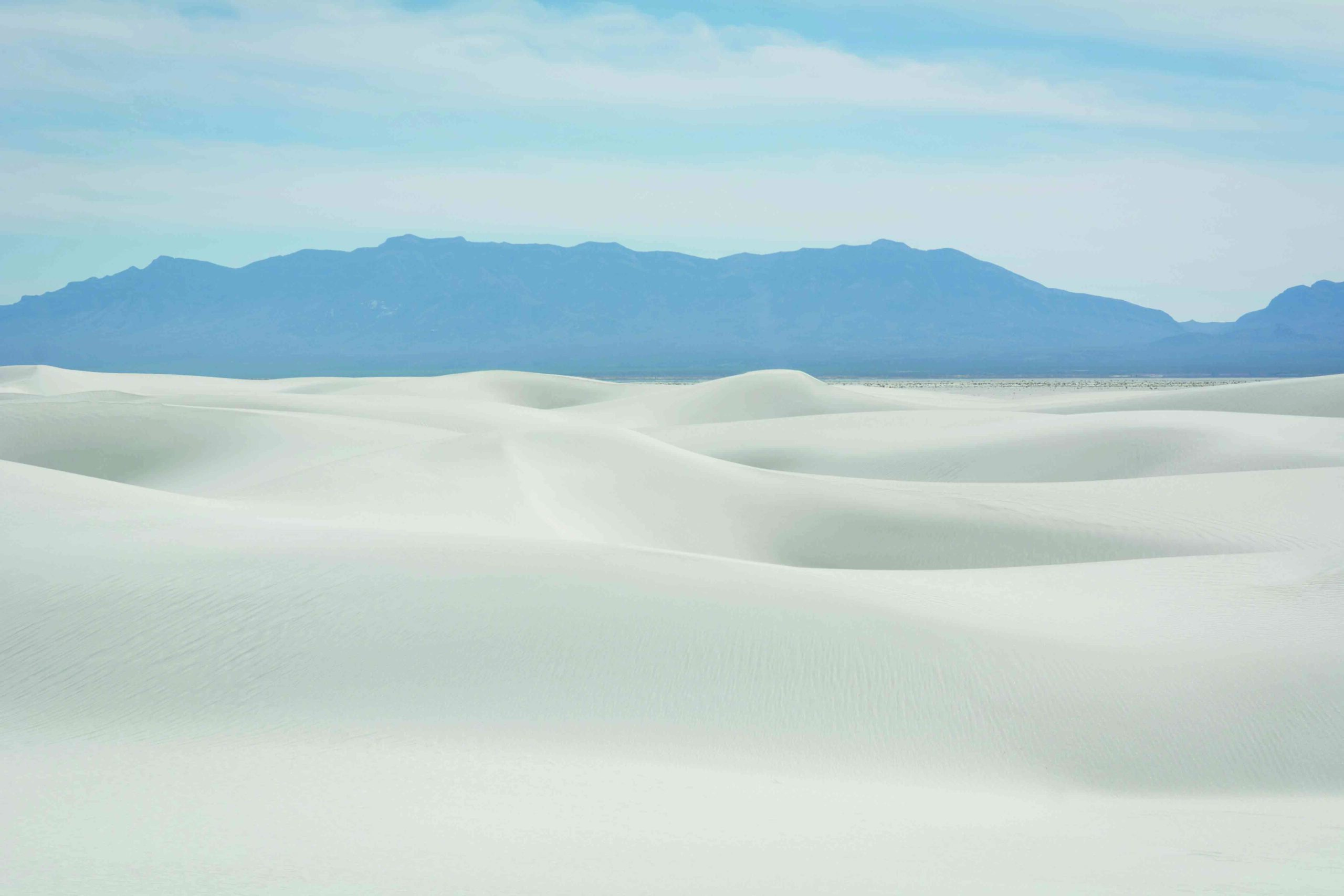
JENA, GERMANY—According to a statement released by the Max Planck Institute for the Science of Human History, researchers Jennifer Miller and Yiming Wang created a database of more than 1,500 ostrich eggshell beads unearthed at 31 archaeological sites located in southern and eastern Africa. The oldest of these sites dates back some 50,000 years. The information about each bead in the database includes total diameter, aperture diameter, and shell thickness. Miller and Wang determined that between 50,000 and 33,000 years ago, the beads from the two regions were nearly identical, suggesting the existence of a network spanning some 1,800 miles. This was the only time period in the investigation when beads from eastern and southern Africa shared the same characteristics, Wang said. A shift from a wet period to a dryer one some 33,000 years ago may have disrupted the network, she explained. Read the original scholarly article about this research in Nature. To read about the import of ostrich eggshells during the Bronze and Iron Ages, go to "A Rare Egg."










